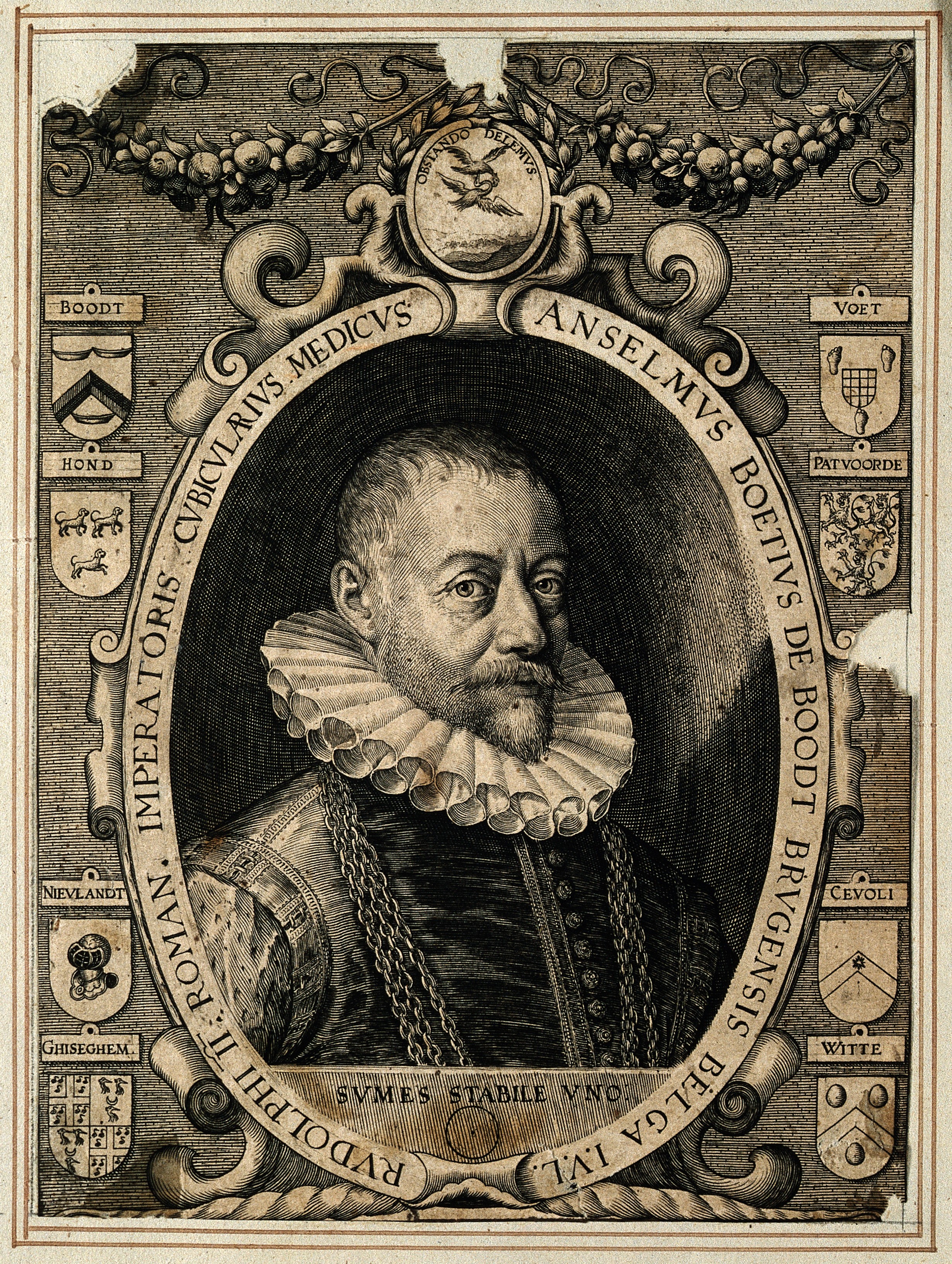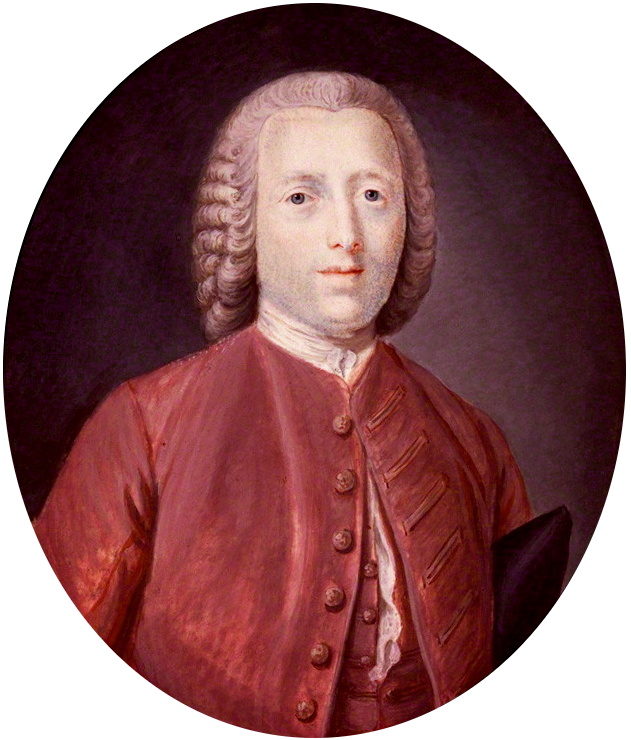Malaria has been a scourge on humanity for many thousands of years, spread by parasites in mosquitoes. It rendered large swaths of the Earth essentially uninhabitable, killing millions of people across the world. Malaria was a serious threat for the ancient world, especially with the hegemony of the Roman Empire, possibly even assisting the fall of Rome. Unlike our modern cold and flu season, Malaria was very deadly, causing widespread panic with the major seasonal outbreaks. Large areas surrounding Rome could not be fully settled because of the danger of Malaria.
Even within the cities, a grave threat of Malaria outbreaks arose due to the great quantities of standing water for public baths and agriculture. The authorities eventually realized the dangers of standing water and ordered the creation of an entire sewer system in Rome, called the Cloaca Maxima. The drainage system reduced the magnitude of the threat sufficiently to keep Rome functional. (5) It was an enormous improvement, demonstrated in part by the abandonment of some of the cities that lacked drainage systems due to the threat of the persistent plague. Some researchers theorize that without the Cloaca Maxima, Rome may have become permanently crippled, thereby shifting the course of history. (5)
Meanwhile, in Asia the prevalence of Malaria slowed the development of Southern China, creating a noticable difference between the North and the South regions of China. Even the passage of time failed to fully blunt the threat of Malaria. Malaria dogged the soldiers of the Civil War and the workers at the Panama Canal. (6) Even during the early years of WWII, more American troops were dying because of Malaria than because of enemy action. (4) Malaria also created severe issues in colonising Africa. The Americas, significant portions of Asia, and even Australia were conquered while only about a tenth of Africa had been colonized even into the 1800s. (5) Of course Africa was home to a variety of deadly diseases, which ravaged both native and foreigner alike, but Malaria was certainly a prominent reason Africa could not be easily colonized. (5)
In essence, Malaria was a worldwide threat which forced the creation of the CDC, Centers for Disease Control and Prevention. However, the balance shifted dramatically with the introduction of large scale doses of quinine available. (5) Quinine was a compound created from the bark of the cinchona tree, known also as the quina quina tree or the ‘fever tree’. The bark was dried, turned to powder, and put with water, sweetened in the hopes of hiding the taste, then distributed as medication.(5) The actual compound of quinine wasn’t isolated until 1820. (4) When the British got ahold of this medicine, they tried combining it with gin, thus creating the gin and tonic. (3)
It was quite an effective treatment and once Dutch plantations at Java were created, there was a good supply of quinine. (4) Of course, getting that supply was quite tricky once Spain managed to establish a monopoly on the Andes supply source and it took until 1865 before the Dutch got ahold of enough seeds for their plantations at Java.(5)
But how did this start? In the 1600s, the Jesuits were in Peru trying to convert the natives and while on their theological mission, discovered the effects of the bark of a particular tree. (4) The three most notable Jesuits were Antonio de la Calancha, Agustino Salumbrino, Bernabé de Cobo, though Cardinal Juan de Lugo is another contender. (5, 4) Of the three, Antonio de la Calancha is the most certain to have some bearing on the tale. He was the first European to record the effects of the cinchona bark on fever in general, and Malaria in particular. So far, so simple.
The trick is to determine who precisely brought the Jesuit bark back to Europe.Note that the bark may also be referred to as Countess’s Bark (2) or Cardinal’s Bark (4) due to conflicting accounts of who sent the quinine bark -- not to mention titles like ‘fever bark’ or ‘Peruvian bark’ that are simply too generic and vague to be useful. (4) The countess allegedly discovered the effects of the bark while dying of malaria and either went herself or sent her husband to Europe with the cure. The largest issue with this claim is the Count’s diary, found in 1930, contradicts it (5, pg 60).
One source claimed that it was quinine was sent to Europe by an unknown monk named Agustino Sulumbrino, but he is unfortunately just that, almost entirely unknown. (2) If Agustino Salumbrino had, in fact, distributed the cure, he may have done so because Pope Urban VIII requested it. Urban had seen the effects of Malaria firsthand while he and the other cardinals had been gathered to elect the next Pope. (2) Assuming Salumbrino was responsible, the cure reached Europe in the 1630s. Another possibility is that Jesuit missionary Bernebé de Cobo was travelling to Peru and personally took samples back to Spain, then Rome in 1632.(5)
Either way, a Jesuit priest attempting to help the native Peruvians was responsible for finding the effect, and another was responsible for getting initial shipments to Europe. Once the cure arrived in Rome, Cardinal Juan de Lugo’s role was quite plain. Getting distribution well underway. He was extremely excited with the new remedy and decided to show it to suffering residents of Rome, in a sort of preliminary clinical trial. Extraordinarily pleased with the fabulous results, he went on to personally distribute the cure to the poor and recommended it be sent throughout Europe through the Catholic missions. The tree bark remedy quickly entered the Roman pharmaceutical handbook, Schedula Romana. (5)
Protestants had rather a different take. They were deeply distrustful of anything Catholic to begin with, and acknowledging the Catholics were a) correct, and b) not trying to harm them, were extremely difficult hurdles to pass over. (5) Of course, this skepticism was not solely limited to Protestants, but the most vehement skeptics were Protestant, with the frequent belief anything coming from Catholics was a vengeful scheme. In the case of quinine, some were convinced it was some kind of poison. (5) Over time, Jesuit’s bark was gradually accepted, but it took over a century and multiple high-profile cases before the remedy was accepted. (5)
Works Referenced
1) Blass, B. (April 24, 2015) Basic Principles of Drug Discovery and Development
https://books.google.com/books?id=YTvLAwAAQBAJ&pg=PA38&dq
2) Mukhtar, O. The Miraculous Fever Tree: Malaria, Medicine, and the Cure that Changed
the World [Review] (July 9th, 2003)
https://www.ncbi.nlm.nih.gov/pmc/articles/PMC1126547/
3) Eplett, L. (August 20, 2015). Quinine and Empire.
https://blogs.scientificamerican.com/food-matters/quinine-and-empire/
4) National Academies Press (September 9th, 2004). Saving Lives, Buying Time:
Economics of Malaria Drugs in a Age of Resistance.
https://www.ncbi.nlm.nih.gov/books/NBK215638/
5) Loomis. J. S. (January 18, 2018) Epidemics: The Impact of Germs and Their Power
Over Humanity (pages 57-61)
https://books.google.com/books?id=sDFEDwAAQBAJ&pg=PA60&lpg
6) Tale of a bark with bite (April 30, 2004)
https://www.timeshighereducation.com/books/tale-of-a-bark-with-bite/188411.article
Further Reading
Antonio de La Calancha
https://www.catholic.com/encyclopedia/antonio-de-la-calancha
Economics and Ethics: Juan de Lugo’s Theory of the Just Price, or the Responsibility of Living
in Society.
http://www.academia.edu/28956811/Economics_and_Ethics_Juan_de_Lugos_Theory_of_the_Just_Price_or_the_Responsibility_of_Living_in_Society
Full Text of “The cinchona barks : pharmacognostically considered”
https://archive.org/stream/b28131393/b28131393_djvu.txt
Pierre-Joseph Pelletier
http://www.newadvent.org/cathen/11609a.htm


